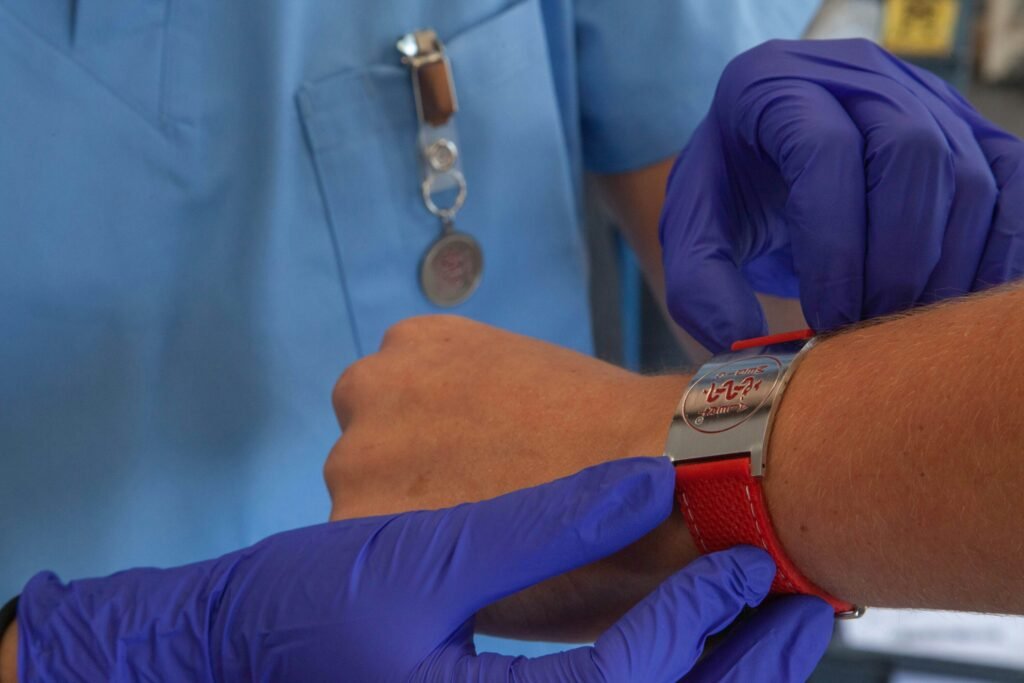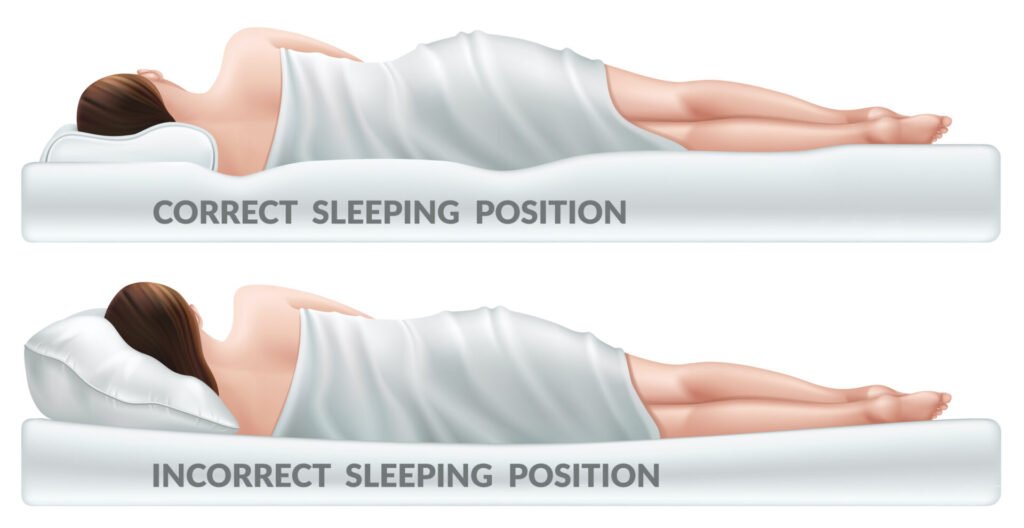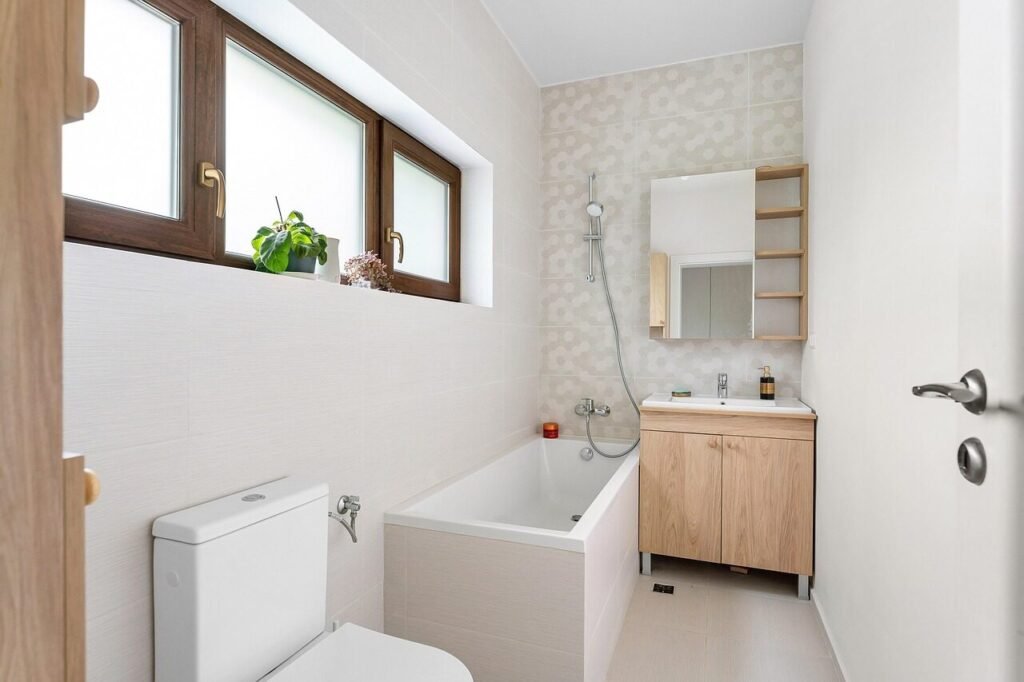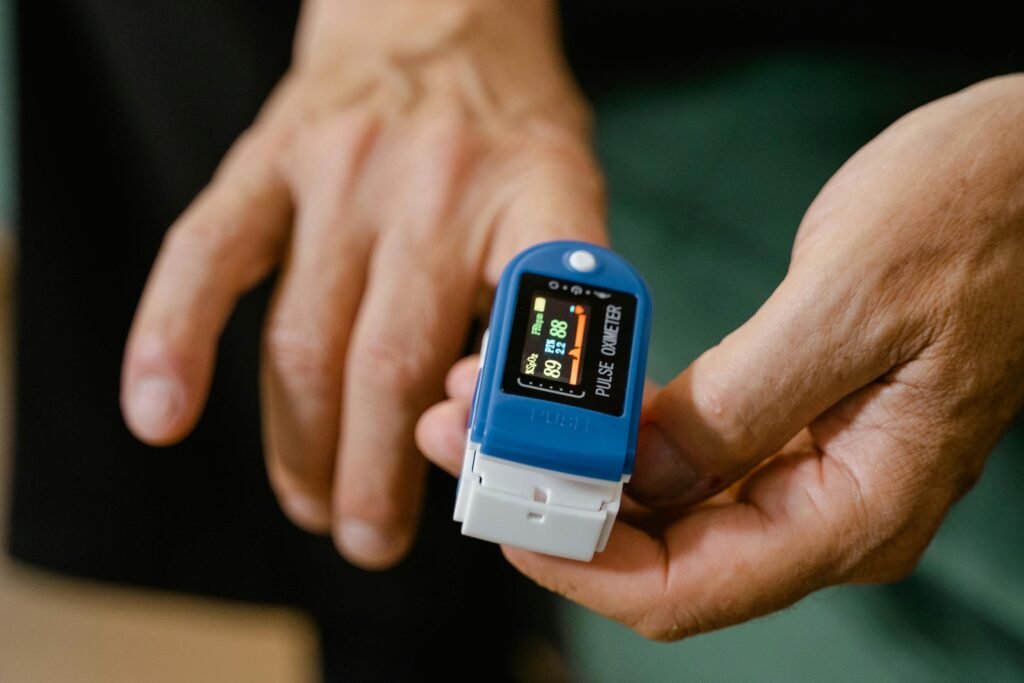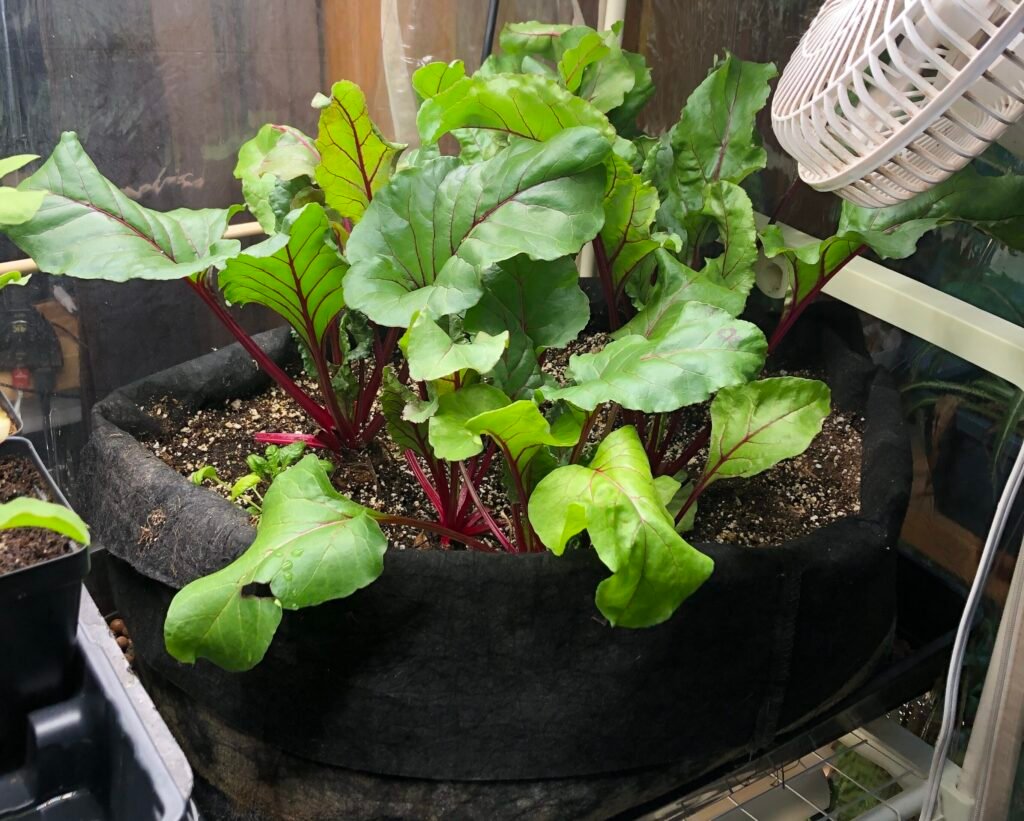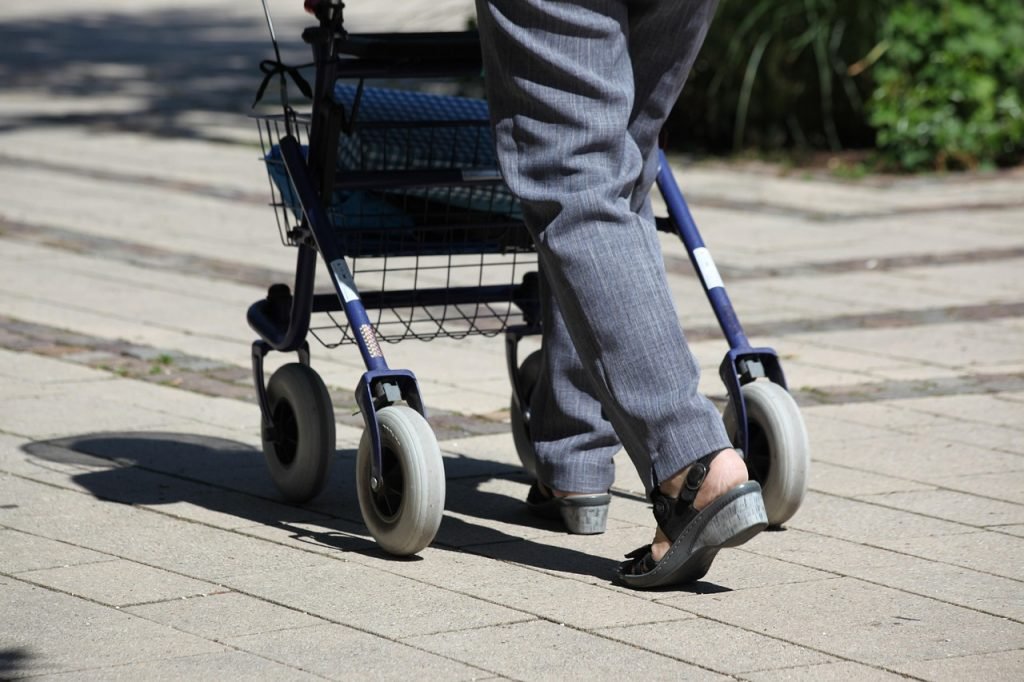Medical Alert for POTS | Bracelet, Wallet Card, Watchband Clip, Keychain Tag & More
Medical Alerts for POTS Quick Reference: What to Include Here’s a quick reference guide for creating a Medical Alert Bracelet, Wallet Card, Watchband Clip, or Keychain Tag for POTS—and a write-up on how to make and use them effectively. These tools can be lifesaving in emergencies and help communicate your condition clearly when you’re unable […]
Medical Alert for POTS | Bracelet, Wallet Card, Watchband Clip, Keychain Tag & More Read More »
